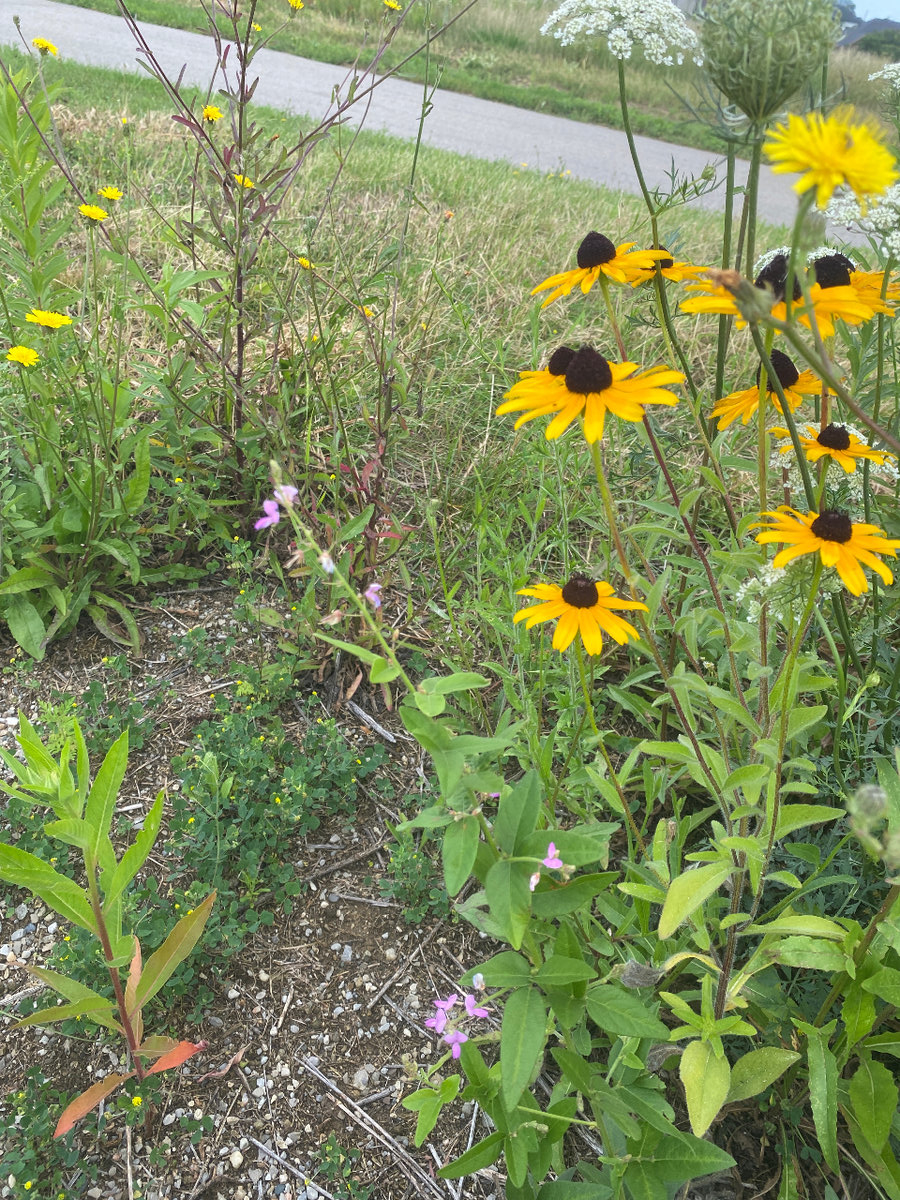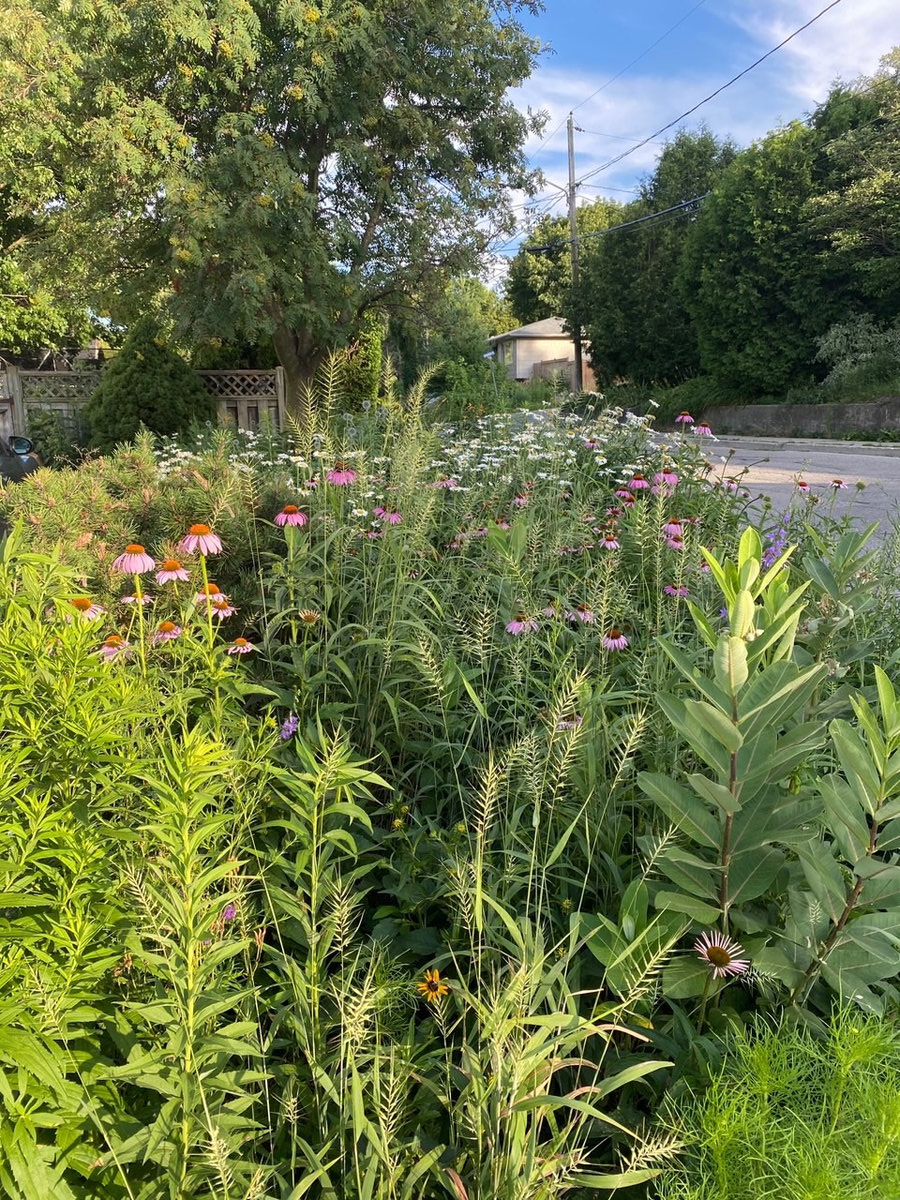
We collect basic website visitor information on this website and store it in cookies. We also utilize Google Analytics to track page view information to assist us in improving our website.
By: Bianca Marcellino
 There is no doubt that planting native plants in your garden has a large number of benefits including:
There is no doubt that planting native plants in your garden has a large number of benefits including:
However, there are a few things to consider when wanting to add some native plants to your garden.
Planning:
1. You’ll first want to characterize the garden site that you will be working with.
What kind of soil do you have?
This will help guide you to what kinds of native plants will do well in your area so that you can match the right plant to its required conditions.
It may also be beneficial to research what kind of plants existed on the area before development to get a sense of what will do well. By filtering the species profiles of various native plants on Network of Nature, you can get information on their native ranges as well as their moisture, soil and sun requirements.
2. Once you have characterized your area, it is often helpful to draw up a simple garden plan to help decide where plants will go, keep track of any changes to the original garden design, and visualize what the end result will look like. You may want to consider:

3. Next, you may need to prepare the soil at the site for planting. If you matched your plant selections to the soil type that you already have, you probably won’t need to make too many adjustments to the soil. If there are no plants currently present, or the soil is unsuitable (rocky or clay-based soils are not very good for any plants), compost and/or manure may need to be added to improve nutrient content.
4. Remember to start slow. Plant a few native plants in your garden in the first year and see how they do. Assess blooming gaps and if soil conditions differ from year to year. Add or remove based on pollinator/animal needs and your own capabilities. Ideally, you should have a good mix of species that bloom in spring, summer, and fall to provide the most benefit to local pollinators.
Pollinator & Wildlife Promotion:
1. Try to have blooms all season long to maintain a steady food source/shelter for wildlife.
2. Leave plants up for winter. Not only can they add some beauty to a dull winter landscape, but they can provide critical habitat for animals during the winter months.
3. Cluster the same species into small groups (about 5 individuals) to attract pollinators.
4. There is no need to remove all the plants already established in your garden, look for gaps and mix the native species into what is already there. This way, you are creating more diversity and only adding additional food sources, not taking any away. The exceptions to this are aggressive non-native (invasive) species like Periwinkle, English ivy, or Japanese barberry that will crowd out other species. These should be handled following the appropriate best management practices to make the area more suitable for planting.
With these tips in mind, head over to the Network of Nature species page and discover a world of native plants suitable for your yard! With a free account, you can save a custom species list perfect for keeping track of everything you plan to add to your garden, and then find what local nurseries sell native species near you using our Native Plant Nursery Map!
References & Additional Resources:
What to know about starting your first native plant garden
Your guide to gardening with native plants
Join our email list to receive occasional updates about Network of Nature and ensure you get the news that matters most, right in your inbox.